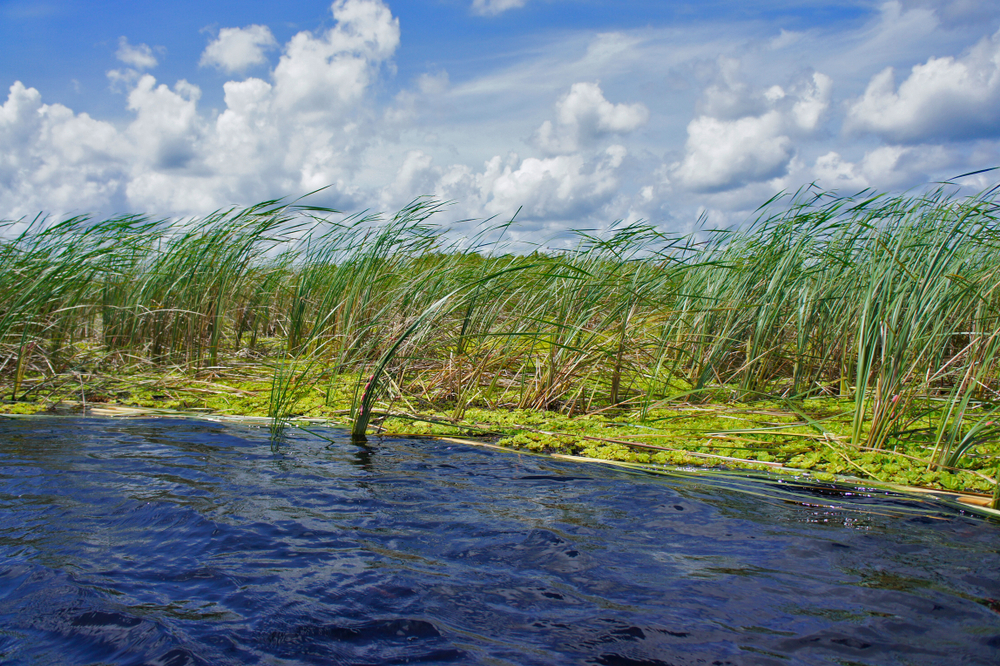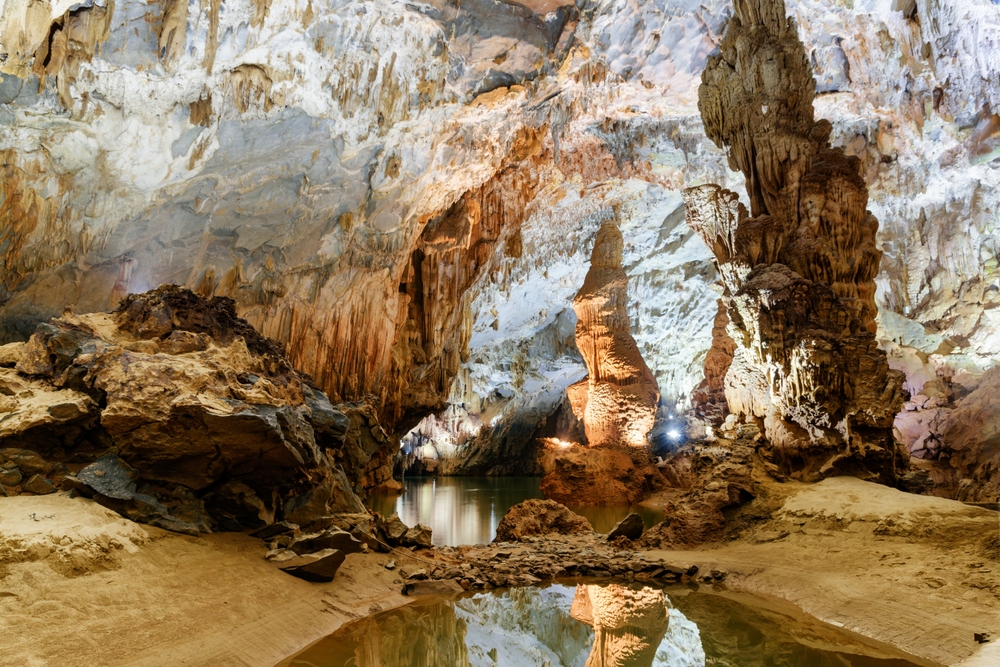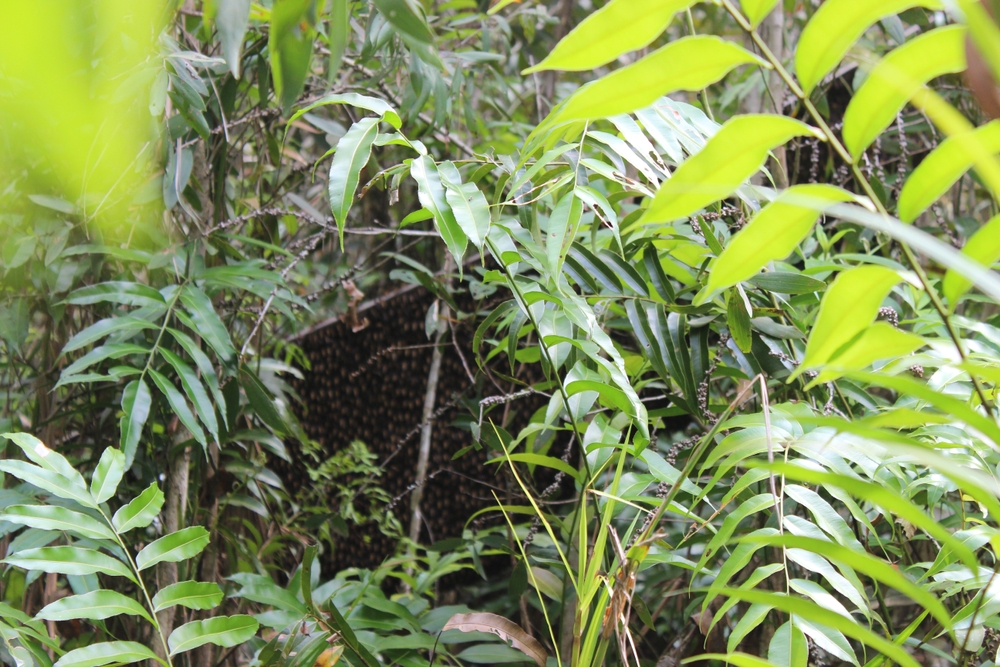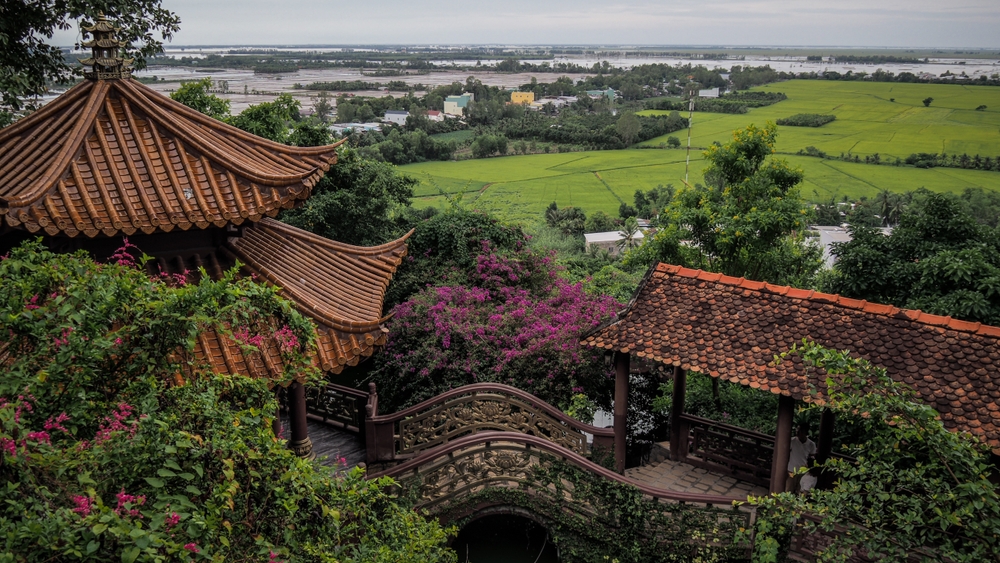U Minh Thượng Overview
U Minh Thượng National Park, located in southern Vietnam’s Kien Giang Province, is a remarkable wetland reserve recognized for its unique biodiversity and ecological significance. Known locally as Vườn Quốc Gia U Minh Thượng, this national park spans an area of approximately 32 square miles (82.86 square kilometers) and is part of the Mekong Delta region. It is one of the most important peat swamp forests in Vietnam and a critical habitat for numerous species of flora and fauna.
The park’s terrain is characterized by low-lying wetlands dominated by peat swamps, melaleuca forests, and grasslands. The vibrant vegetation of U Minh Thượng includes expansive areas of melaleuca trees (Melaleuca cajuputi), which thrive in the swampy conditions and are integral to the park’s ecosystem. These forests are interspersed with canals and lagoons, which play a crucial role in the park’s hydrology. The terrain and flora create a lush, green environment that is both tranquil and mesmerizing, providing an ideal setting for nature enthusiasts and researchers alike.
U Minh Thượng is home to an impressive array of wildlife, including several endangered and rare species. Among the mammals, visitors might spot fishing cats (Prionailurus viverrinus), smooth-coated otters (Lutrogale perspicillata), and various types of bats. Birdwatchers will be delighted by the diversity of avian species, including the lesser adjutant (Leptoptilos javanicus), grey-headed fish eagle (Haliaeetus ichthyaetus), and the Oriental darter (Anhinga melanogaster). The wetlands also support numerous amphibians, reptiles, and fish species, which contribute to the ecological richness of the region.
Popular features of the park include its dense melaleuca forests, intricate waterways, and wildlife observation opportunities. The wetlands and lagoons, dotted with lotus flowers and water lilies, create a picturesque scene that captures the essence of the Mekong Delta’s natural beauty. Visitors can explore the park via boat tours through its canals, offering an immersive experience into its verdant landscapes and a chance to observe wildlife in its natural habitat. Birdwatching platforms and guided treks provide additional ways to engage with the park’s rich biodiversity.
Conservation remains a critical focus for U Minh Thượng National Park. The park faces challenges such as habitat degradation, illegal logging, and water pollution, which threaten its delicate ecosystems. However, significant efforts have been made to address these issues, including reforestation initiatives, water management projects, and community engagement programs. The park’s management works closely with local communities to promote sustainable practices, ensuring the preservation of this unique wetland ecosystem for future generations.
















































































